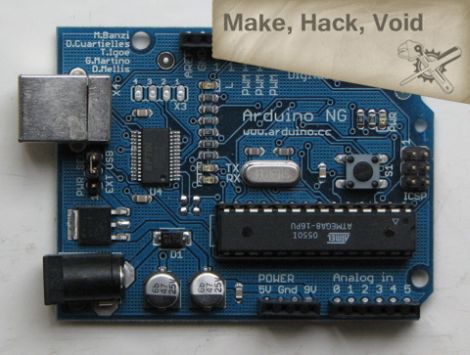
If you’re trying to lose some weight, [Grissini] has got the just the thing you need!
He recently tweaked his refrigerator to throw out insults each time its opened, though not for his own physical well-being. While we imagine that an abusive refrigerator would help curb your appetite for late night snacks, [Grissini] makes no bones about the fact that he simply wants to effortlessly and automatically troll his roommates.
The device is pretty simple, consisting of an Arduino and an Adafruit wave shield stuffed inside a styrofoam coffee cup. A photocell is used to detect when the refrigerator door has been opened, triggering the Arduino to play a sound bite from the on-board SD card. [Grissini] even spent a good chunk of time working with a text to speech engine in order to create a customized list of insults that point out his friends’ idiosyncrasies – what a guy!
Continue reading to see his abusive fridge in action, and be sure to check out his Instructableto learn how to make your own.
Continue reading “Effortlessly Troll Your Friends Each Time They Reach For A Snack”
















